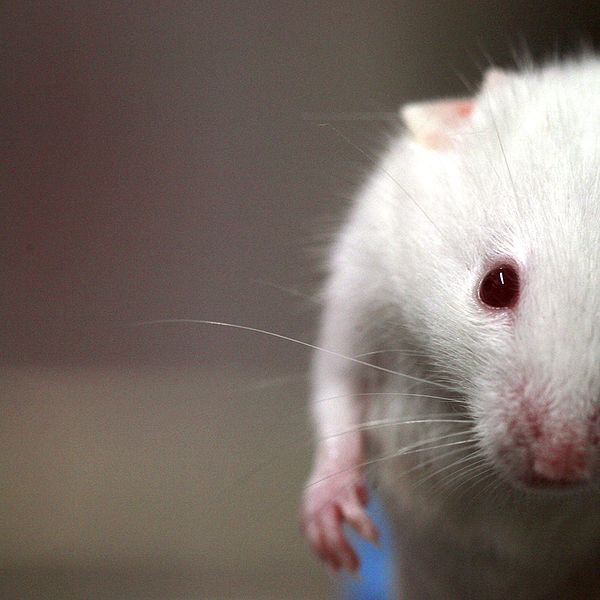Japanese Researchers Create a Pituitary Gland From Scratch in the Lab
The thing about growing working organs in the lab is that the whole enterprise is completely mind-blowing. Yet we just...

The thing about growing working organs in the lab is that the whole enterprise is completely mind-blowing. Yet we just keep doing it, and so we keep blowing minds. The latest: a team of researchers at Japan’s RIKEN Center–the same group who earlier this year engineered a mouse retina that is the most complex tissue ever engineered–have now derived a working pituitary gland from mouse stem cells.
That’s saying something. For one, the pituitary gland is an integral part of the body’s endocrine system. From it’s position at the base of the brain it doles out key developmental hormones that instruct the body on how to grow and develop over time. But perhaps more importantly, the pituitary gland cannot itself develop without special chemical instructions from the hypothalamus (the brain region just above it).
That’s a serious bioengineering problem, because in order to grow a working pituitary gland in the lab you need a hypothalamus–or at least a hypothalamus analog–to tell it how to develop. The researchers overcame this with a 3-D cell culture and some good old fashioned trial and error. They had a notion of what kind of signaling factors would be needed to make a proper pituitary gland grow and tried combinations until they found the right fit.
The result is a working pituitary that expressed the right hormones and the right biomarkers. And to remove any doubt, the researchers implanted their lab-grown glands into mice with pituitary defects. The mice quickly showed restored levels of key pituitary hormones and behavioral symptoms of pituitary problems disappeared. These pituitary glands, by all appearances, seem to work like the original biological glands were meant to.
The next step is a human pituitary, though the researchers say that’s still years away. But progress is progress. If you can build a tracheaand a retina and a pillar of the endocrine system in a lab, the list of things you can’t build begins to narrow.